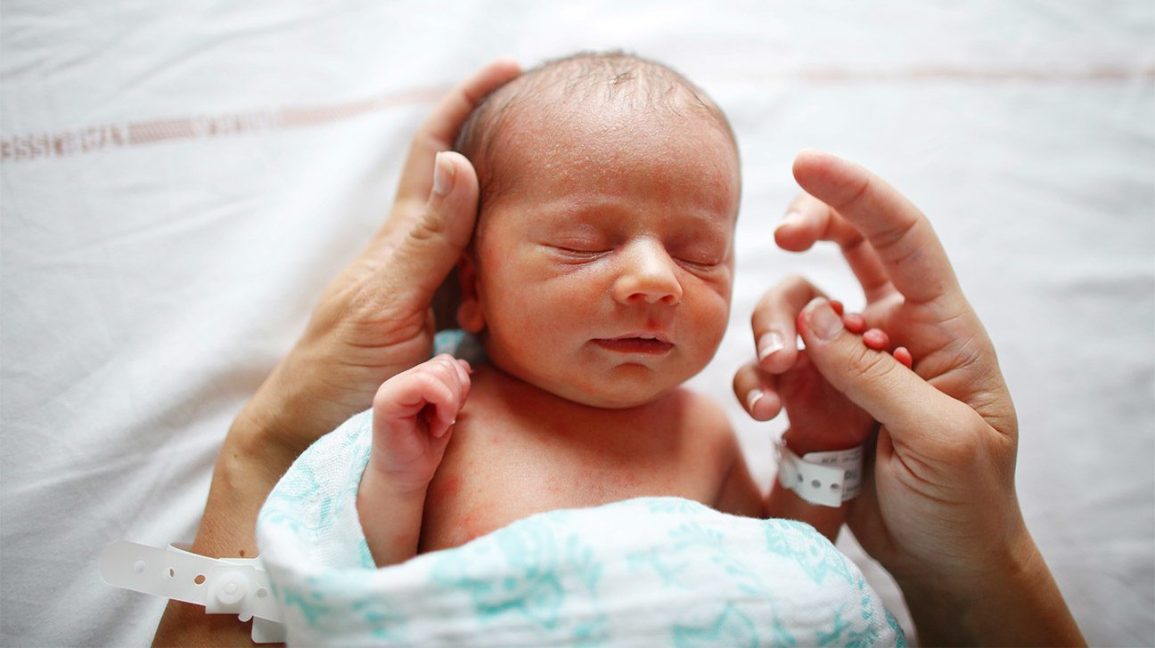Is Circumcision Good Or Bad?
Circumcision is a medical procedure that removes the skin at the tip of the penis. It has numerous medical advantages.
Additionally, it helps reduce the risk of urinary tract infections in babies and has been shown to lower certain types of cancers. Ultimately, however, it remains a personal decision between parents and their sons.
1. It is a medical procedure
Circumcision Melbourne is a surgical procedure that removes the skin covering the end of a baby’s penis (foreskin). It usually occurs within 10 days after birth, either at the hospital or, for some religious ritual circumcisions, at home.
Typically, this procedure is performed by a healthcare provider such as a doctor or nurse. They may use numbing cream or an injection to numb the area of the penis where the incision is made.
During surgery, your healthcare provider makes an incision just below the head of the penis and takes all skin from its foreskin. After that, they sew up the incision with dissolvable stitches for closure.
Circumcision has many medical benefits, such as prevention of certain penis diseases like balanoposthitis and paraphimosis. Additionally, it reduces the risk of sexually transmitted infections (STIs) like HIV and HPV in young boys. Furthermore, female partners of circumcised men tend to have fewer cervical cancer cases.
2. It is a cultural practice
Circumcision has been practiced for thousands of years in many parts of the world as both a rite of passage and way to preserve a baby’s virginity.
Jews perform this ceremony as part of a ceremonial called bris. It can be performed either at home or in a synagogue and usually takes place when the boy has reached eight days old.
Some African tribes practice ritualized circumcision as a rite of passage into manhood, with some groups even making it mandatory for males to gain adult privileges (35).
Despite its widespread prevalence, there are several concerns about this practice, such as safety and health risks. Neonatal circumcision especially is associated with a higher rate of complications than other types of circumcision.
3. It is a religious practice
Circumcision was a ritual practice instituted on the Jewish people to demonstrate their fidelity to their Old Testament covenant and serve as a distinguishing mark for Abraham’s descendants.
Circumcising children for religious or cultural reasons remains a rare practice, particularly outside of Christian countries.
This procedure may lead to long-term issues like restricted urine flow (metal stenosis) and gangrene of the urethra. Furthermore, it’s often painful for children.
Although there are various arguments both for and against circumcision, the Bible clearly states that it is not a requirement for salvation. Paul even clarified this point by teaching that circumcision had nothing to do with salvation (Galatians 6:15; 1 Corinthians 7:19).
4. It is a social practice
Human beings commonly perform physical acts of self-mutilation, particularly to their genitalia, for various reasons: religion; social and cultural identity; taboos and concepts related to beauty, health, normality or status. Circumcision is one such widespread form of physical violation that affects people around the world.
Circumcision is typically practiced to control sexual desires and demonstrate men’s virility and endurance. In other cultures, however, circumcision serves to enforce religious or traditional identity and social order as well as mark the passage of children into adulthood.
Circumcision is a social practice shaped by processes such as migration and individualisation, as well as shifts within society itself. It relies on interdependencies between materials, skills and background knowledge, along with shared perceptions, emotional states and motivational beliefs.
